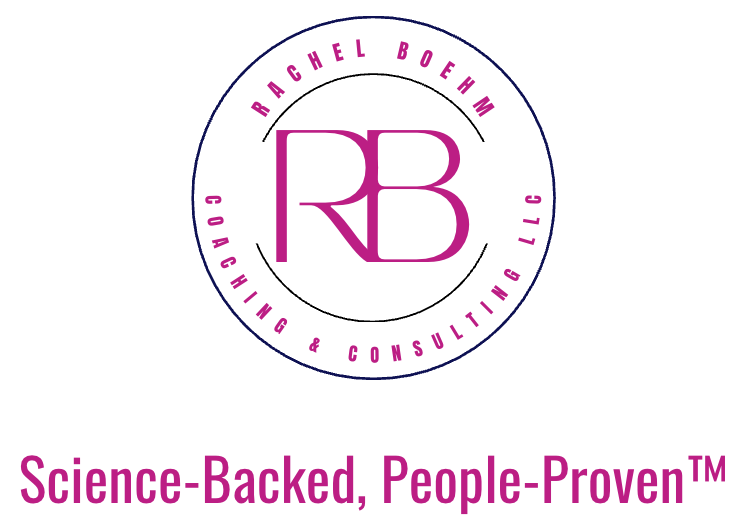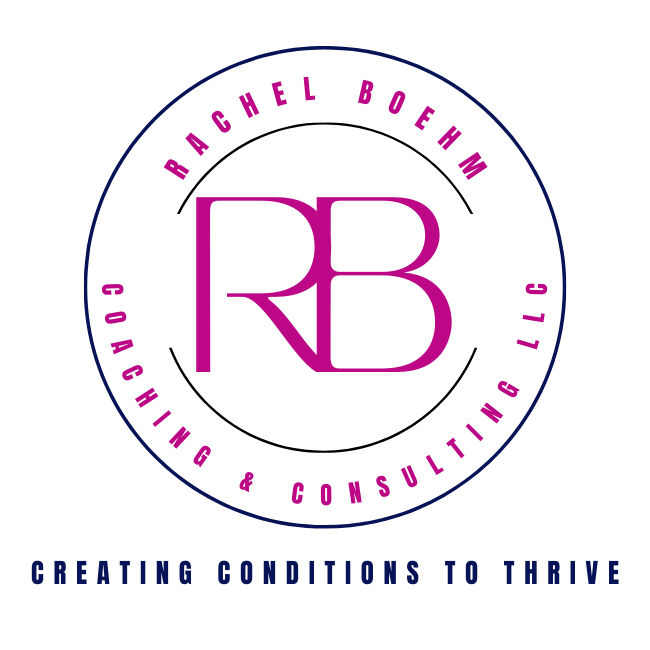Burnout Breakdown: Costs by Employee Level | Understanding the Total Costs from Entry-Level to Executive Roles
Burnout is nebulous. You know it’s out there. You may have even experienced it. But it can still feel hard to pinpoint it, to describe it, to recognize it in yourself and others.
At least to do so early on when there’s still time to prevent full-blown burnout and its costly repercussions.
So how do you get better at spotting it before it punches you in the face and leaves you down for the count?
I wrote a companion piece with the latest data to give a deep dive into the signs and symptoms of burnout, and the costs of burnout for businesses. If you love data like I do, you might want to check that out.
But, sometimes data needs a face. We need a case study or a hypothetical example to get a grasp on something as nebulous as burnout.
Where the Burnt-Out Employee Profiles Came From
So here are three examples of how burnout might look in your organization or personal connections. Before you jump to them, it will be helpful to know how these profile were created.
I am constantly gathering data and researching the hell out of this because it’s my area of expertise and practice.
I gathered the latest data from leading sources and compiled them into a single document.
Then I reviewed the data and created the companion article.
Then, with the help of Perplexity, I created the following profiles to give you examples of how all of the direct and indirect costs of burnout can add up and what they can look like. And yes I thoroughly checked the facts & figures before posting 😉, and made adjustments to the profiles based on data Perplexity missed.
The US-centric data used in this and the companion piece looked at:
The percentage of employees who experienced anxiety, sleep trouble, depression, weight gain, and post-traumatic stress was separated by level of burnout (low, moderate, high).
The percentage of employees who experience burnout is broken down by gender.
The percentage of employees with various stages of burnout ranges from very low to very high.
The percentage of employees satisfied with their jobs, separated by levels of burnout (low, moderate, high).
The percentage of employees likely to look for a new job, is separated by levels of burnout (low, moderate, high).
Percentage of employees who very often or always feel burnt out at work from 2016 to 2023.
Percentage of employees who felt their organization cared about their well-being from 2010 to 2023.
Why Gen Z would quit their job in 2022.
Percentage of employees who stated their job had an impact on their mental health.
The main factors and benefits considered when accepting a job between 2021 and 2022.
The percentage of employees who experienced stress, depression, lack of motivation, anxiety, or anger due to their work.
The leading causes of workplace stress.
The percentage of employees who stated their employer-provided specific mental health benefits (e.g. access to counseling and wellness programs).
The percentage of employees who wanted select benefits from their employer including better work-life balance, more time off, greater schedule flexibility, and more training and discussions on mental health and stress management.
The percentage of HR professionals who gave specific reasons for why the organization did not offer mental health resources (e.g. they hadn’t thought about it, they were unsure what to provide, and they don’t have the resources).
The cost of chronic illnesses and injuries among the US workforce per year in terms of productivity and health plan costs.
The cost of turnover.
The turnover rate of burned-out employees.
The chronic health risks related to burnout.
The sick leave rate of burned-out employees.
The burnout rate of different age cohorts (i.e. Gen Z, Millennials, Gen X, and Baby Boomers).
And believe it or not, there is even more data! But let’s get on with it, shall we?
Example 1: Mid-Level Female Professional
Profile:
Gender: Female
Annual Salary: $70,000
Position: Mid-level manager
Moderate level of burnout
Burnout-related costs:
Sick Days:
11 sick days due to moderate burnout
Cost per day: $340
Total cost of sick days: $3,740
Productivity Losses:
Assuming moderate burnout with anxiety and trouble sleeping, and low physical activity
Anxiety productivity loss: $301
Sleep/insomnia productivity loss: $3,156
Physical inactivity productivity loss: $482
Total productivity loss: $3,939
Health Plan Costs:
Anxiety health plan cost: $413
Sleep/insomnia health plan cost: $1,400
Physical inactivity health plan cost: $1,429
Total health plan cost: $3,242
Potential Turnover Risk:
23% likelihood of looking for a new job (moderate burnout)
Potential turnover cost (50% of annual salary): $35,000
Total Annual Cost if they stay: $10,921
Total Annual Cost if they leave: $45,921
Even moderate burnout can cost the organization nearly $11,000 if she stays and nearly $46,000 if she leaves. That is between 15.6% and 65.6% of her annual salary. And doesn’t take into account the increased risk of compliance failures related to security and legal protocols.
Since burnout is contagious, it’s likely that she is not the only employee experiencing it. And mid-level managers and senior leaders are at higher risk of burnout. Imagine if even a small percentage of your leadership team was experiencing what this profile shows!
Speaking of leadership…
Example 2: Senior Male Executive
Profile:
Gender: Male
Annual Salary: $150,000
Position: Senior Executive
High burnout
Burnout-related costs:
Sick Days:
15 sick days due to high burnout
Cost per day: $340
Total cost of sick days: $5,100
Productivity Losses:
Assuming high burnout with depression, obesity, sleep challenges, and excessive alcohol use.
Depression productivity loss: $649
Obesity productivity loss: $16,840
Sleep/insomnia productivity loss: $3,156
Excessive alcohol use productivity loss: $581
Total productivity loss: $21,226
Health Plan Costs:
Depression health plan cost: $2,184
Obesity health plan cost: $11,841
Sleep/insomnia health plan cost: $1,400
Excessive alcohol use health plan cost: $89
Total health plan cost: $15,514
Potential Turnover Risk:
44% likelihood of looking for a new job (high burnout)
Potential turnover cost (100% of annual salary): $150,000
Total Annual Cost if they stay: $41,840
Total Annual Cost if they leave: $191,840
Wow, right?! This shows that just one senior male executive experiencing high burnout could cost the organization over 127% of his annual salary. Again, not factoring in compliance risks. Nor is this factoring in the impact his burnout has on his team. Because burnout is contagious, especially so if it starts with management, it will ripple quickly across the organization.
Speaking of burnout spreading down the ranks…
Example 3: Entry-Level Gen Z Employee
Profile:
Gender: Non-binary
Annual Salary: $45,000
Position: Entry-level tech support
Low burnout
Burnout-related costs:
Sick Days:
8 sick days due to low burnout
Cost per day: $340
Total cost of sick days: $2,720
Productivity Losses:
Assuming low burnout with stress and physical inactivity
Stress productivity loss: $301
Physical inactivity productivity loss: $482
Total productivity loss: $783
Health Plan Costs:
Stress health plan cost: $413
Physical inactivity health plan cost: $1,429
Total health plan cost: $1,842
Potential Turnover Risk:
12% likelihood of quitting due to burnout and lack of work-life balance
Potential turnover cost (30% of annual salary): 13,500
Total Annual Cost if they stay: $5,345
Total Annual Cost if they leave: $18,845
This example shows that even an entry-level Gen Z employee experiencing low burnout could cost the organization nearly 12% of their salary if they stay and about 42% if they leave. The first number may not seem like much, but since again burnout is contagious, it adds up.
TYLDR
These examples illustrate the significant financial impact that burned-out employees can have on an organization, regardless of their position or salary level.
The direct and indirect costs associated with burnout, including sick days, productivity losses, increased health plan expenses, and potential turnover, can quickly add up to substantial amounts.
This underscores the importance of addressing burnout proactively to mitigate these financial risks and improve overall organizational health and productivity. Want help? Schedule a complimentary leadership insights call here.
Sources
https://www.ibiweb.org/resources/cost-of-poor-health-infographic-2019-data?hsLang=en#
https://www.apa.org/topics/healthy-workplaces/workplace-burnout
https://www.gallup.com/workplace/404174/economic-cost-poor-employee-mental-health.aspx
WebMD Webinar, Burnout in Focus: Research-Driven Solutions for Your Organization. Save this email for details on the webcast. held Sept. 26, 2024.





